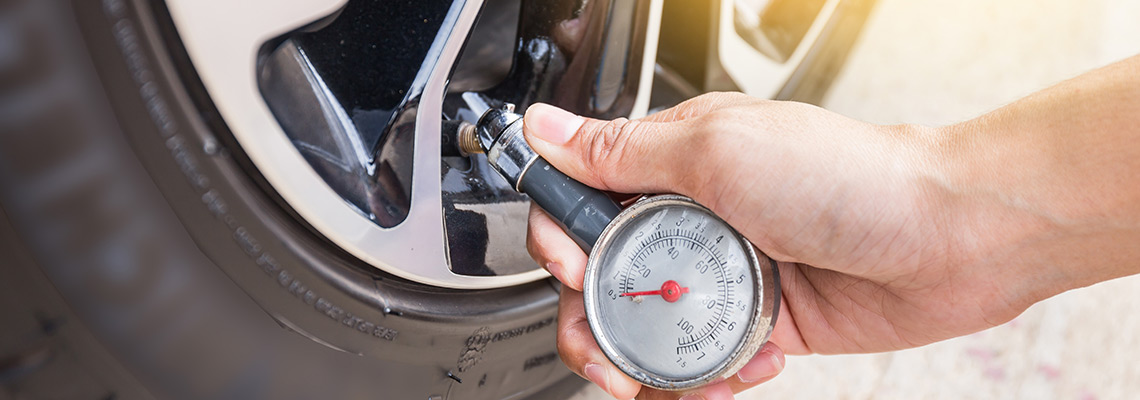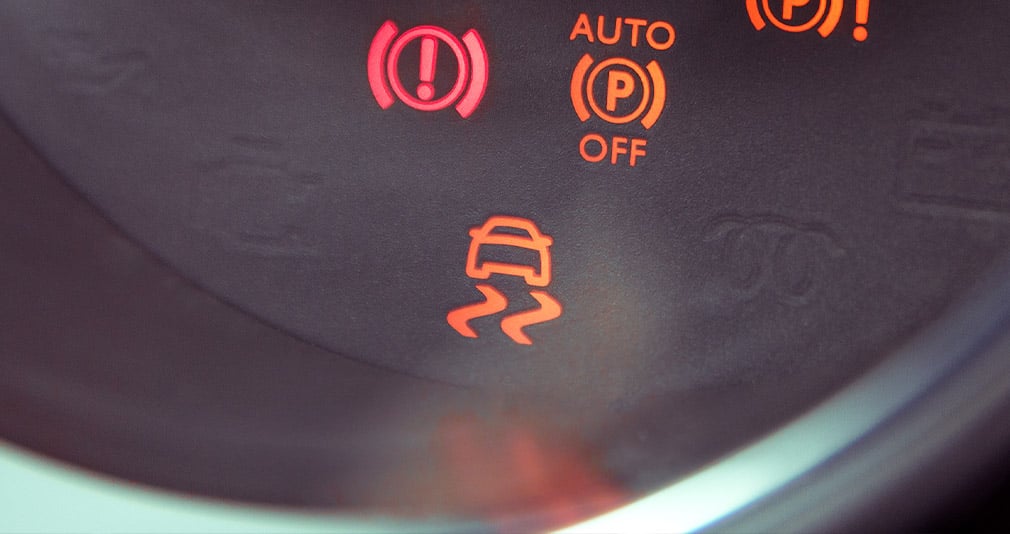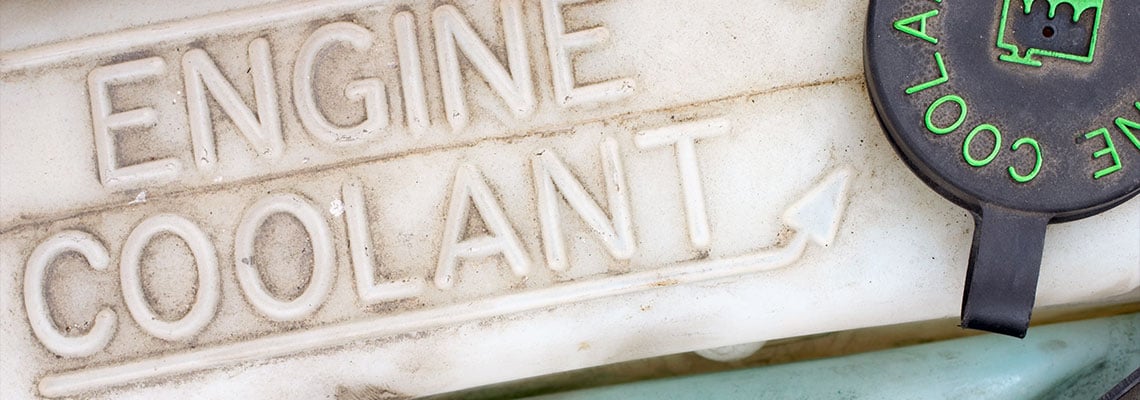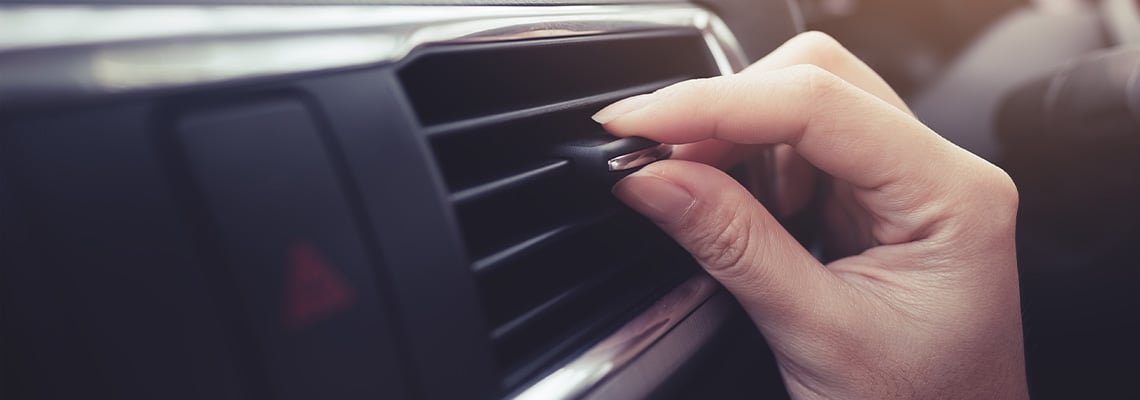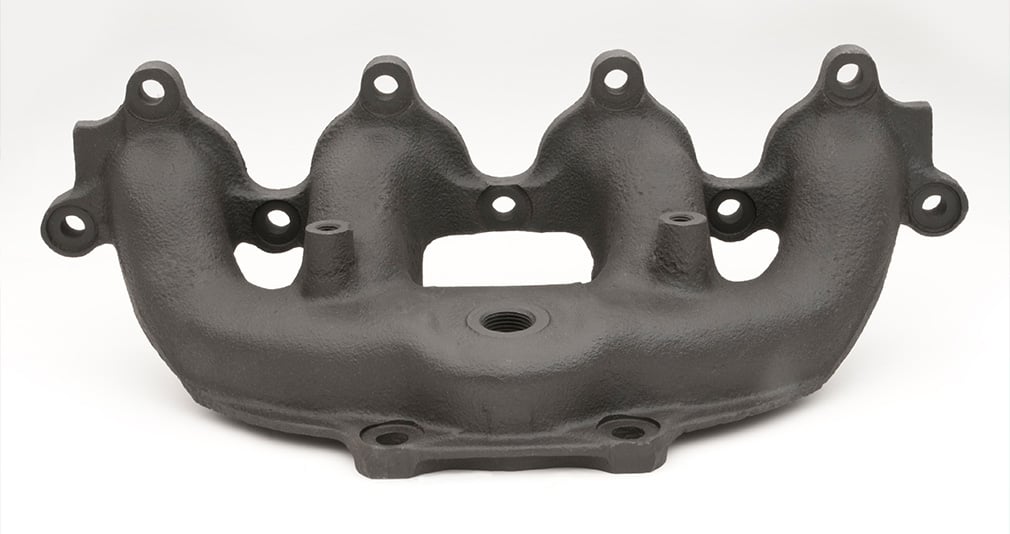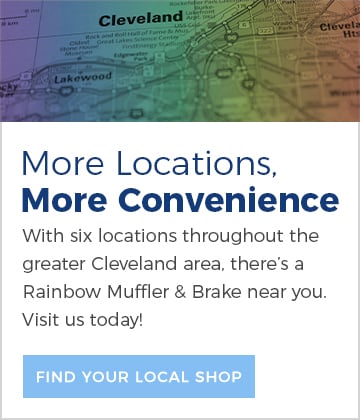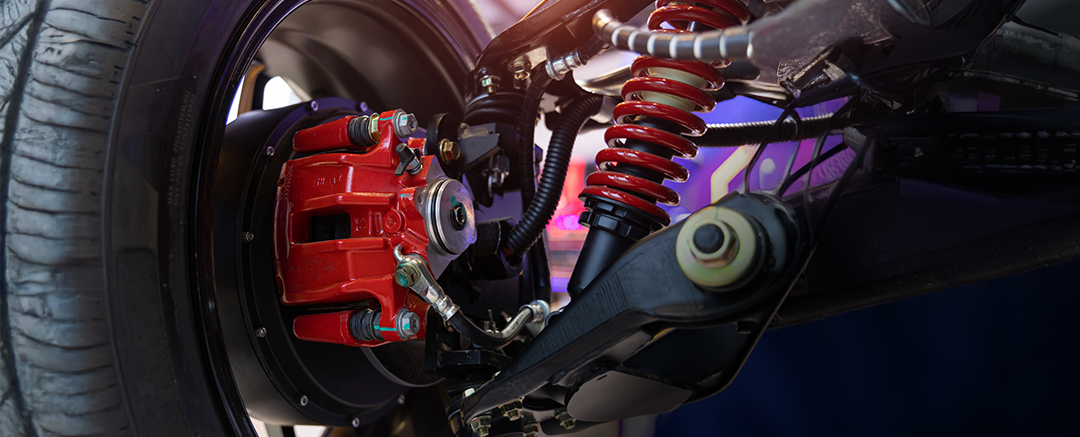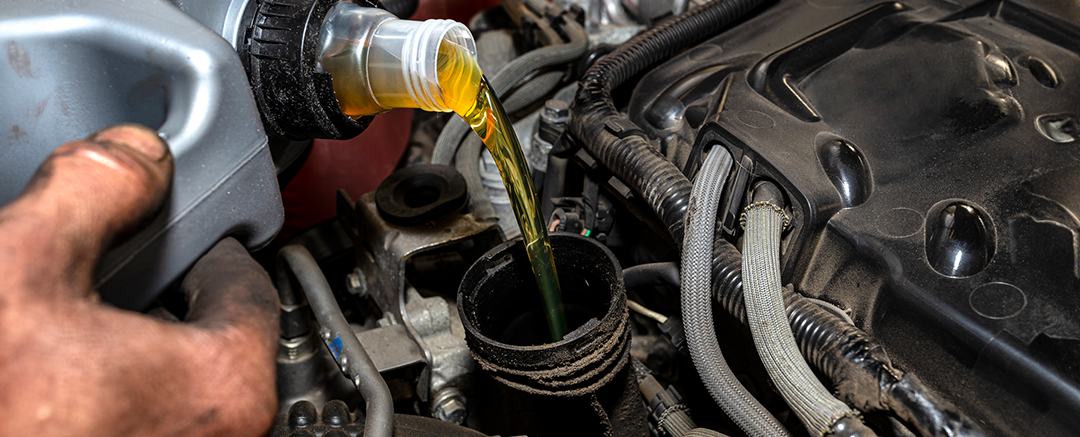These days, tires are probably the most low-tech item you’ll find on your car, but that doesn’t mean you should ignore them. In fact, they’re one of the biggest factors in automotive safety, so they shouldn’t be taken for granted.
Having a good set of tires on your car is important, but if you don’t take proper care of them, they can’t keep you safe. Several things need to be done on a regular basis to make sure tires stay in good working condition, such as checking the wear on the tread, having tires rotated and balanced and getting a wheel alignment.
One of the simplest things you can do to keep your tires in good shape is to maintain proper pressure in each tire. This is a great way to ensure safety, and it’s also one of the most affordable types of maintenance.
Why Tire Pressure Matters
According to the National Highway Traffic Safety Administration, 738 people were killed in tire-related crashes in 2017 alone. In many cases, proper care and maintenance could have averted these tragedies.
Tire pressure affects the way your vehicle responds. Not having enough air in your tires makes it harder to handle and reduces your traction. One of the most common causes of tire blowouts is having a severely under-inflated tire. That’s because when a tire doesn’t have enough air in it, the sidewall will flatten as the tire rolls. The longer and faster it is driven in that condition, the more heat it generates, and that leads to failure.
Under-inflated tires cost you more money, too; the NHTSA reports that having your tires properly inflated can save as much as 11 cents per gallon on fuel. So in addition to increasing your safety, knowing the right tire pressure will save money on gas as well as result in tires that last longer — a lot longer. Properly inflating your tires allows you to get an additional 4,700 miles of use, according to the NHTSA.
Once you recognize how important tires are, you’ll want to start getting more consistent about caring for them. Knowing what your tire pressure should be and checking it regularly is a great way to keep everyone on the road safer.
Know Your Number
Different vehicles have different requirements for tire pressure, which is measured in PSI, or pound per square inch. The recommended pressure usually ranges between 30 and 35 PSI, but you want to locate your vehicle’s specific recommendations. You’ll find that on a label inside your car.
Depending on the type of vehicle, you can find this label on the edge of the driver’s door, on the doorpost or in the glovebox. It will have recommendations for both the front and rear tires as well as the spare tire. Pay close attention, as they won’t necessarily be the same PSI for all tires.
Even people who regularly check their PSI may neglect to check the air in their spare, but it’s important to maintain your spare, too. Few things are more annoying than having a flat tire and discovering that your spare is flat, too.
When filling tires, stick to the recommended guidelines and avoid overfilling them. Overinflated tires are just as dangerous as under-inflated ones; when there’s too much air in the tires you can lose traction, making braking less reliable. When overfilled, tires will round out on the tread section, which makes them wear out faster than they should, and they’re also less comfortable to ride on.
When to Check Tire Pressure
If your car was made in 2007 or later, you already have a built-in tire pressure monitoring system, or TPMS, that tells you when the tire pressure is too low and creates an unsafe driving situation. This is a light on your dashboard and if it comes on when you’re driving, you should stop as soon as possible and get it checked. Make sure you check all four tires, not just the one you think might be low.
It’s important to keep in mind that the TPMS light is not a substitute for regular tire pressure checks. Manual tire pressure checks with a hand-held gauge should be done every month as well as before any long trips or when you’re going to be carrying an extra load.
Frequent tire pressure checks are particularly important in the fall and winter months, because tires lose air more quickly when the temperatures drop. For every 10-degree drop in temperature, you can expect to lose about 1 PSI, which means that a dramatic overnight drop in temperatures could leave you with a flat tire if you were already low on air.
When checking your tire pressure, make sure the tires are cold and haven’t been driven. Recommended PSI numbers are based on cold tires, and driving for just 20 minute allows the tires to warm up and can increase the number by five or six PSI, leading you to believe your tires are properly inflated even when they’re not.
When to Take Your Car In
If you’re monitoring your tire pressure and it continues to drop regularly, you’ll want to take it in for repair or replacement. If there’s a slow leak or damage to your tire that’s causing it to lose air, look at what’s happening and resolve the problem as quickly as possible. Of course, tires should also be checked as part of your regular maintenance schedule with your trusted mechanic. Most problems with tires can be avoided with proper care and maintenance, saving you money and headaches. Rainbow Muffler & Brake has six Cleveland-area auto repair shops and would love to address all your maintenance and repair needs.

